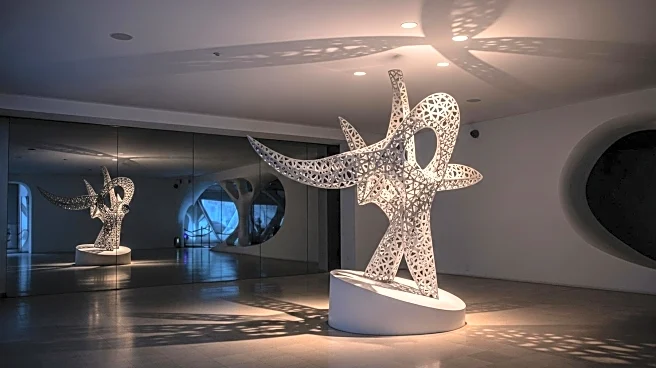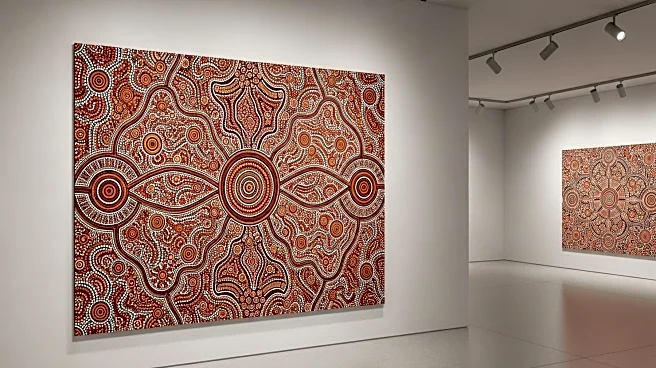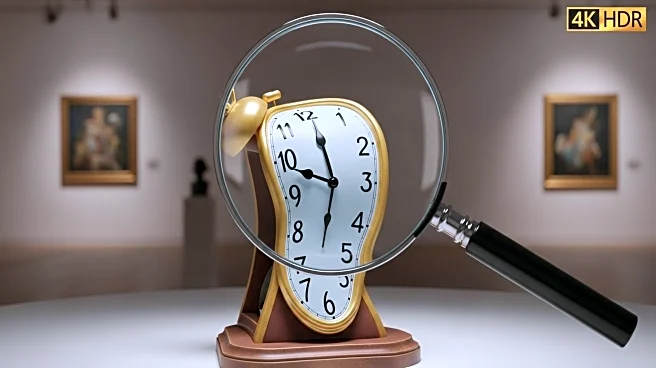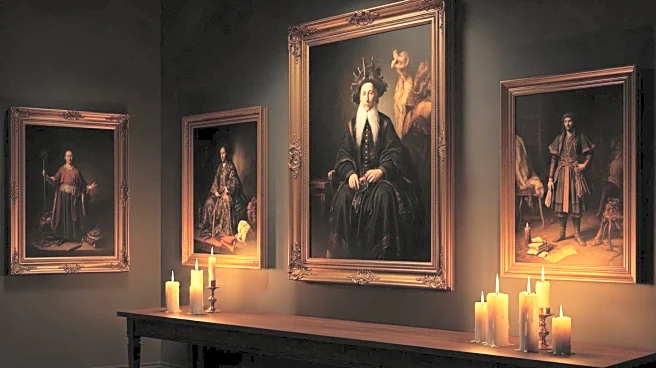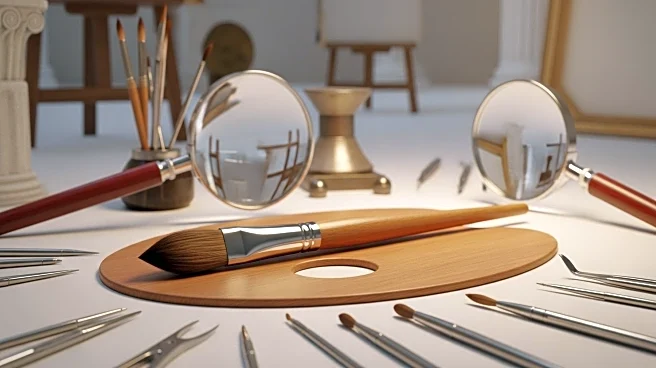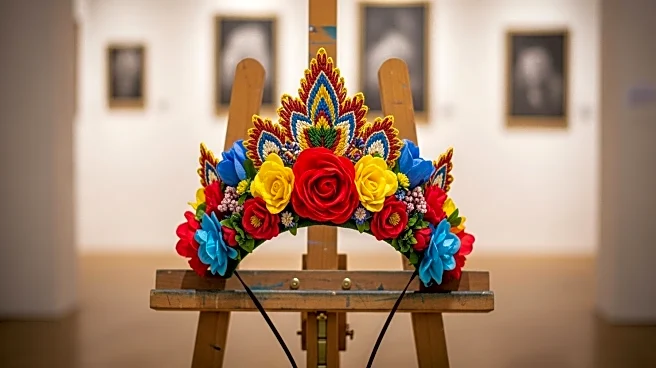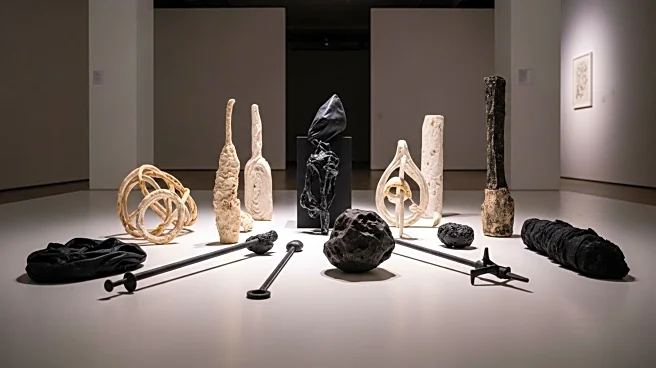What's Happening?
The Museum of Wisconsin Art (MOWA) has unveiled a new exhibition featuring Frank Lloyd Wright's long-lost chair designs, realized for the first time. The exhibition, titled 'Frank Lloyd Wright: Modern Chair Design,' showcases 40 pieces that highlight five distinct periods between 1911 and 1959. These designs were never realized during Wright's lifetime but have now been brought to life through collaboration with the Frank Lloyd Wright Foundation and master artisans, including Wright's great-grandson, S. Lloyd Natof. The exhibition reframes Wright's furniture within the context of American modernism and his concept of organic architecture, where every element forms part of a harmonious whole.
Why It's Important?
This exhibition is significant as it sheds light on a lesser-known aspect of Frank Lloyd Wright's work—his furniture designs. Wright's architectural philosophy emphasized the integration of all elements within a space, yet his furniture has received little attention historically. By realizing these designs, MOWA not only honors Wright's legacy but also contributes to the broader narrative of modern design. The exhibition highlights Wright's prescience in design, showcasing techniques and styles that were ahead of their time and have since become standardized. This event is a reminder of Wright's influence on modern architecture and design, offering new insights into his creative process.
What's Next?
The exhibition 'Frank Lloyd Wright: Modern Chair Design' will be on view at the Museum of Wisconsin Art from October 4, 2025, to January 25, 2026. It is expected to attract visitors interested in architecture and design, as well as scholars and enthusiasts of Wright's work. The realization of these designs may inspire further exploration and exhibitions of Wright's lesser-known works, potentially leading to new scholarly research and publications. Additionally, the exhibition may influence contemporary furniture design by highlighting the integration of architectural and interior elements.
Beyond the Headlines
The exhibition not only celebrates Wright's design legacy but also raises questions about the preservation and realization of historical designs. It highlights the ethical considerations of interpreting and executing designs posthumously, especially when the original creator is no longer able to provide input. This event may spark discussions on the role of museums and foundations in preserving and promoting historical art and design, as well as the impact of such exhibitions on cultural heritage and education.

